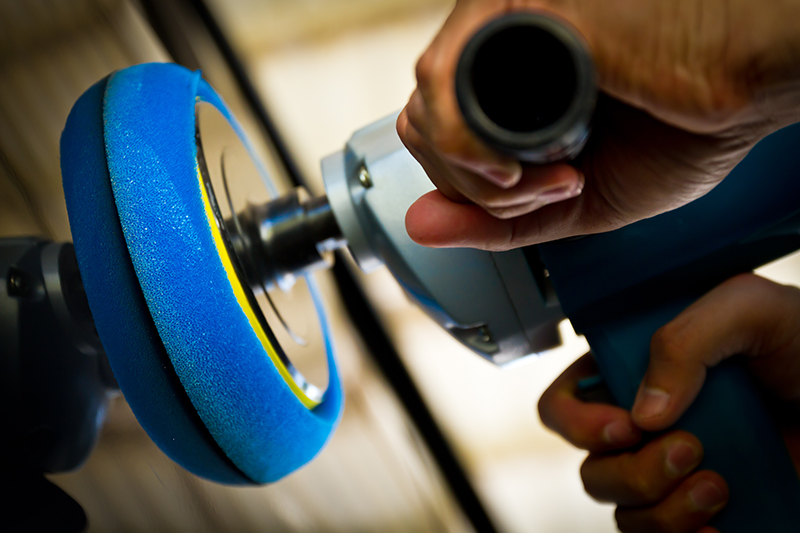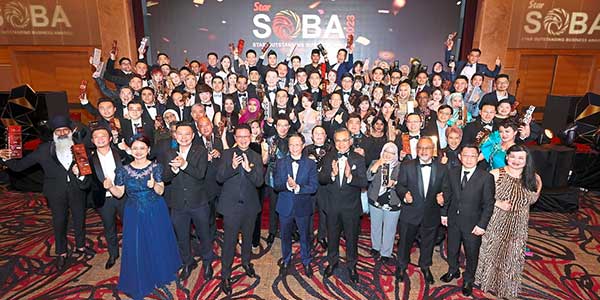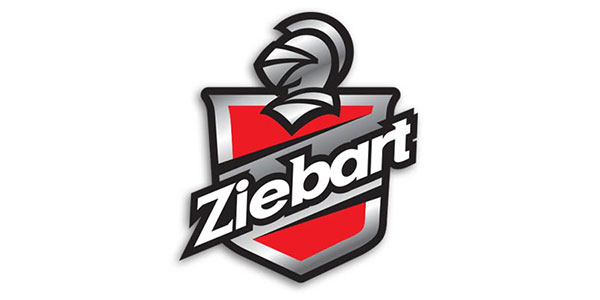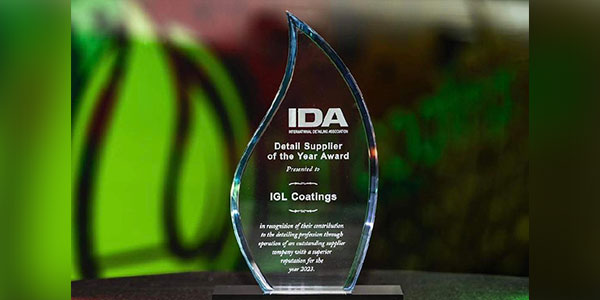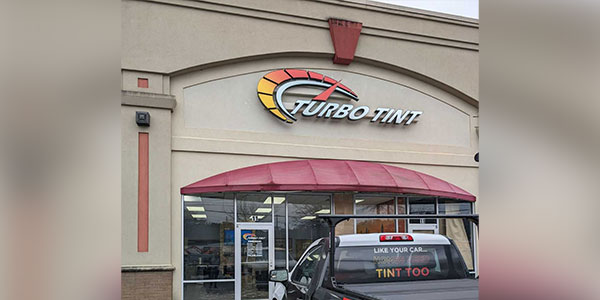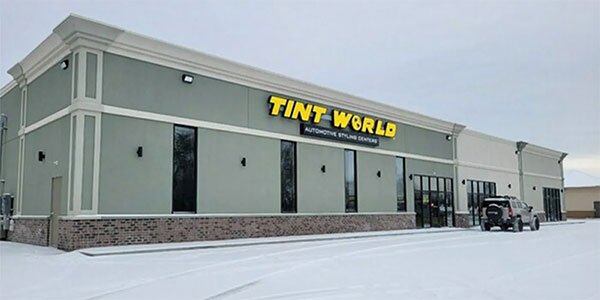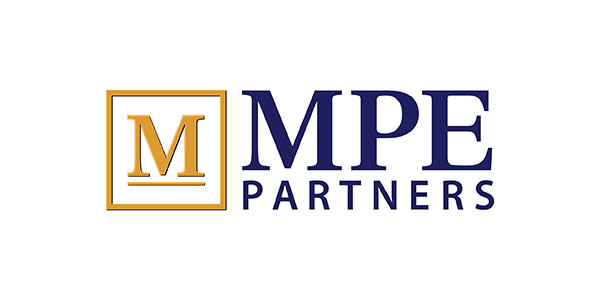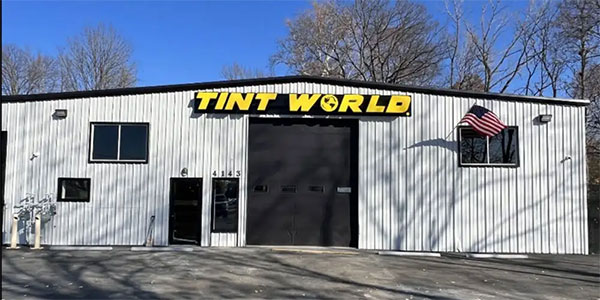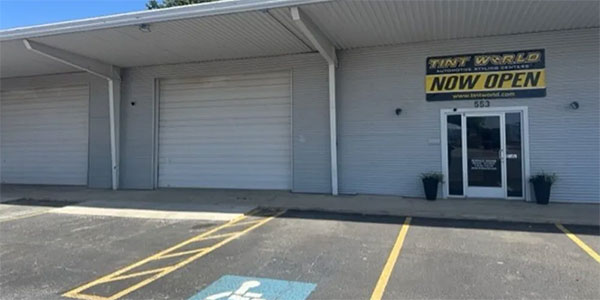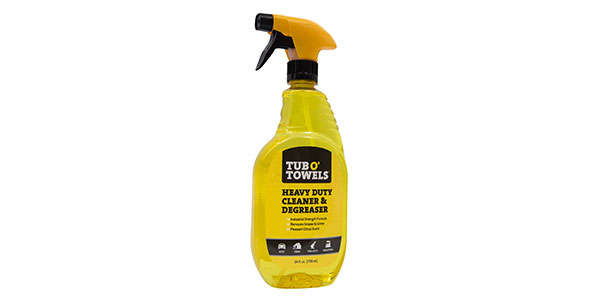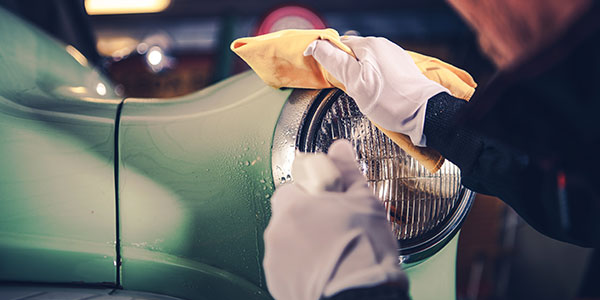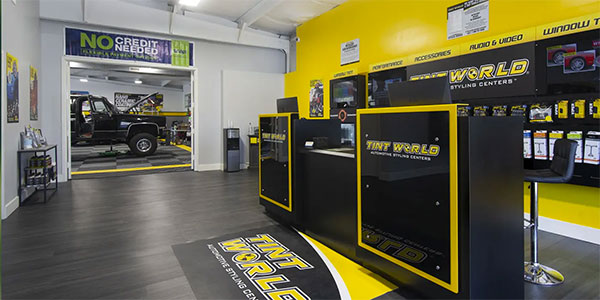As vehicle manufacturers have rethought and updated their production practices over the decades, some changes have created serious challenges for automated carwashes. One of the most notable recent examples involved vehicle paint and clear-coat application. Though clear-coat scratches, dulling and other problems are rare in carwashes today; still, the car care industry is forced to evolve its processes to avoid damaging customer vehicles.
Particularly when it comes to vehicle finishes, carwash operators must stay informed on updated methods for safely turning out clean, dry and shiny vehicles. Further, today’s successful carwash owners should also have a plan for selling additional services that provide high shine, durability and protection while increasing customer satisfaction. Taking modern vehicle clear-coats and finishes into account, what options provide the best results — and highest profitability — when it comes to safe and effective wax application and paint protection?
Paint sealer versus wax
The evolution of paint and other vehicle coatings has continued to develop over time. As new vehicle models are released, automobile manufacturers change the type of paint they use, according to Stuart Levy, who is the president of Auto Glanz Solutions. The surface coatings applied during the manufacturing process are different as well.
Regarding the traditional products used to protect vehicle paint and coatings, it is important to understand that paint sealant products are not the same as wax products. Levy explains that paint sealants use synthetic ingredients while polish-type waxes have some form of natural wax, such as carnauba, within the product. Further, paint sealants get into the “pores” of the vehicle to help protect against weather elements; polishes with natural ingredients bring out a paint’s luster and add to the vehicle’s shine.
In modern carwashes, automated protection services have proven to be the most popular. In the simplest terms, spray-on protection products in typical car care locations are designed to adhere to surfaces, create a smooth surface layer to enhance water runoff and stay in place for a period of time, says Douglas Marquis, vice president of business development at Cleaning Systems Inc. These products also protect the clear-coat from the effects of acid rain, UV light and other elements.
Generally speaking, the spray-on products have a life expectancy that is shorter than some traditional hand wax products, Marquis reveals. Even so, they are offered at carwashes as an inexpensive alternative that requires little time and effort to apply. Overall, these products offer a time and cost savings value equation for consumers.
“This is really a growing and interesting category of products,” Marquis continues. “Over the past decade, there have been numerous advances in the technology behind how to best protect and shine using online spray protectant products.”
Lifespan of protection
Two factors affect how long surface protection lasts: the frequency of washing and the generally expected lifespan of the protection product. Marquis notes that there are some spray wax products on the market that, if given time to cure on the surface, will last for 60 days or more regardless of how many times the vehicle is washed. Other products may have a life expectancy of only a few weeks, depending on where the vehicle is driven and stored, and this type of product will be removed when the vehicle is next washed.
“Strategies can differ relative to the objectives operators would like to accomplish with protection products, and most chemical suppliers will have product options available to fit different needs,” Marquis states.
In Levy’s opinion, vehicles should be polished twice a year, but it really depends on a region’s weather and road conditions. Vehicles left outside in the hot summer sun can suffer from paint oxidation. In the northern regions of the U.S., salt applied to the roads after a snowstorm can damage paint if there is no protection and it is not washed off within a reasonable period of time.
Marquis agrees, “There is an argument to be made on the idea of variation by season if you live in an area that has specific seasonal elements that come into play. For instance, customers in northern climates that should respond to salt or brine solutions used on roads to combat winter ice may choose to apply protection products on a more frequent basis.”
Buffing up your marketplace knowledge
To keep up with potential changes to vehicle paint and surface coatings, Levy recommends carwash operators pay regular attention to the changes made by various manufacturers. Information on these changes can be obtained on detailing websites and in new car press releases.
Marquis says that one paint protection best practice is to get educated on exactly what each product does. By talking with the manufacturer, operators can get input on which protection products are ideally suited for a carwash’s unique application and rinse capabilities. Once product selection is determined, an operator can set a goal and build an action plan that includes the proper steps to achieve it. If an owner’s goal is to sustainably increase extra service revenue, then he or she needs to choose the product and marketing program that will work for the location.
Talking to multiple sources is another way operators can learn more about paint protectants. Marquis notes that an owner should call on multiple experts. First, talk to the manufacturers that currently supply the carwash, and start by asking them about the science and development that goes into the products in use. Next, call a competing chemical company and ask the same types of questions.
In this area of carwashing, it is exciting to see the advancements in science in terms of the study of “Zeta potential and contact angle hysteresis,” Marquis states, as well as how the products use chemistry to affect the size and shape of water droplets during the sealing and drying process. By understanding the physical interaction at a microscopic level, research scientists learn how to formulate protection products that get right down to the vehicle’s finish and provide real value. It is from this understanding that the results of shiny, dry and protected can truly be best developed.
“Leading manufacturers will have resources available to explain the basics of the technology that they use to design and develop their products,” Marquis says. “Also, they will be able to assess a carwash’s individual needs and make recommendations for products that are based on a real understanding of what each product’s capability is and how that matches up to a customer’s desired outcomes.”
Best protectant practices
One paint protection best practice for carwash owners is to provide the protection product that hits on the top repurchase triggers, Marquis notes. Carwashes want their customers to see and smell the product during application, see the shine afterwards and watch how the water beads on their vehicles the next time it rains.
Next, an owner should implement an education-based site marketing program to inform consumers about how the wash’s top package creates superior shine and protects their investment for the future. Once again, quality protectant suppliers will help operators with this important process. “If we accomplish those objectives, there is a high probability of consumers selecting that top package again the next time they visit,” Marquis states.
Levy also recognizes informed package sales as a best practice. Today’s carwash packages are designed to increase income per car, and the best packages offer the best protectant application. Customers understand that a vehicle is generally their second most valuable possession, and most are willing to take care of it. In the end, picking the best package makes consumers feel better about the overall value of their purchase.
Finally, offering multiple protectants is a good idea for modern customers. Carwash owners should offer as many different types of protectants as possible, Levy suggests. Today’s chemical companies offer a variety of products that can be applied. Many of these applications help produce a better shine or add luster to the vehicle.
Marketing surface services
Many different marketing opportunities are now available for operators that help inform consumers when the product they purchased is being applied, according to Levy. Consumers want the application and are willing to pay for it, and marketing the application with signage and flashing lights communicates the process to the customer.
Marquis returns to consumer education as a key to marketing the service. Colors and lights are important, but there must also be a transfer of information to the customers that helps them make an informed buying decision if an owner expects sales numbers to rise. In some cases, this can be as simple as a word, small phrase or picture that delineates the added value of a protectant service: shine, seal or UV protection. This can be featured on the menu, providing an additional value understanding to customers of what they will receive with a package.
Another marketing option is “prior to point-of-purchase” signage — ideally, signage options that provide at least a few moments of processing time, Marquis says. These are driveway signs, barrel wraps or other signage placement options that get the message to customers before they push the “select a package” button. Sign companies and chemical suppliers design and provide these tools across the industry, and they have some really smart marketing minds behind them. If the supplier cannot provide this, it should know who can.
What about marketing a paint protection option as an à la carte menu choice? Marquis reports that there has been an increase in the à la carte offerings of protectants. Some carwashes market total vehicle protectants or carnauba wax treatments for $2 to $5, and they can be added to any wash package. This option is more common today than it was in the past.
“In looking at the initial numbers, however, the early data seems to show that the percentage of basic wash package buyers interested in the upgrade is fairly low,” Marquis concludes. “At our research and development wash site — an exterior express tunnel — we are seeing less than one percent of basic package customers buying the à la carte carnauba wax offer. But, we find close to 20 percent of the top wash package customers are choosing that upgrade. In the end, it comes down to the demographics and competitive pricing around the wash. In some cases, à la carte is great; in others, it may be better to simply create a new or additional package that includes the extra service with a higher price.”
Jonathan Abrams is a freelance contributor.

